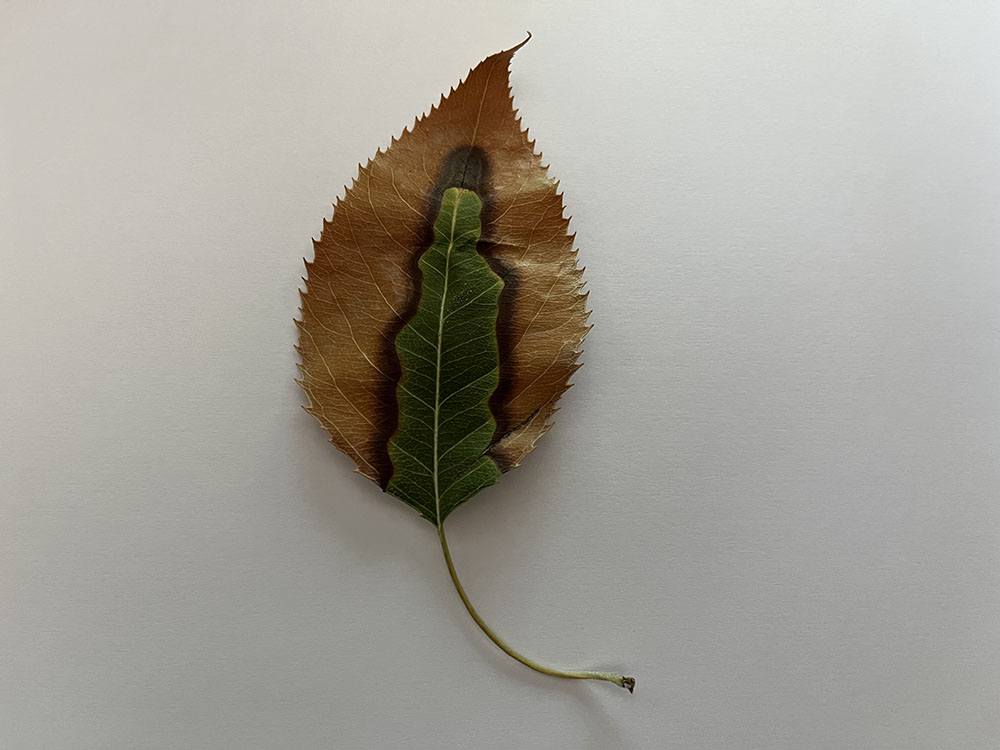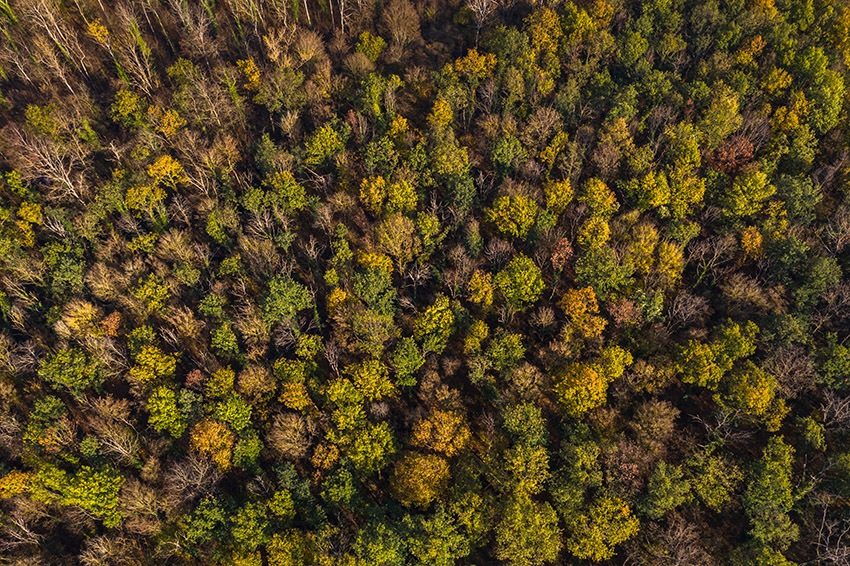Learn the signs of drought stress and what you can do to keep your trees healthy
This drought has lasted for years, with ongoing effects on our plants and trees. You may have noticed that some of your outdoor plants appear to be struggling. While losing a plant or two can be disheartening, sick or dying trees can pose a significant risk to you, your home, and your community.
Without proper care, the effects of drought stress on trees can lower your property value, attract invasive pests, harbor diseases, and increase the risk of wildfires.
What is Drought Stress?
When plants and trees begin to exhibit symptoms of insufficient water over extended periods, they are experiencing drought stress. Trees and woody plants are more susceptible to the serious effects of drought stress because of their vulnerable root systems. To prevent long-term and potentially deadly damage, it is important to keep an eye out for the warning signs of drought stress in the trees and shrubs on your property.
Read the leaves for early signs of drought stress

If you’re concerned about the health of your trees during a drought, early detection is the key to preserving your tree’s health and beauty. The sooner drought stress is diagnosed, the lower the risk of losing the tree becomes.
Look at your leaves for signs of drought stress in trees:
- Wilting: Leaves are drooping and curling
- Leaf scorch: Leaves are discolored, usually browning from the outside (see photo above), and pine needles will appear yellow
- Defoliation: Leaves are dropping before the fall, or from an evergreen
- Small Leaves: New leaves will form smaller than usual
- Stem dieback: Stems die from the outer canopy inward due to a lack of sufficient nutrients
Long-term effects of drought stress on trees
Without proper care, the effects of drought sickness can not only cause the tree to die but also have lasting repercussions on the surrounding landscape.
Side effects of long-term drought stress in trees:
- Loss of the tree: Dead trees can pose a significant risk to the safety of your property.
- Pests: Wood boring beetles and various other invasive pests can take hold due to the tree’s weakened state. Without proper care or professional tree removal, pests will likely infest all other nearby trees.
- Disease: Drought-sick trees are more susceptible to mildew, fungus, and many other infectious diseases that can be spread to other trees. Sunken, grayish cankers, root rot, and wood rot are more likely to occur because of drought stress.
How to protect your trees from the effects of drought
Clearly, your trees can suffer serious harm from drought stress. The good news is that there are a number of measures you can take to support the health of your trees. Here are three things you can do now, so your trees will have a fighting chance in this ongoing drought.
Mulch
Organic mulch has many benefits that support tree health, one of which is keeping the water near its roots where it is most needed. Learn more about the benefits and proper methods of mulching in this article, Save Water and Your Trees This Summer with Proper Mulching.
Water smarter
Less frequent, deep watering supports drought resistance, while frequent, shallow watering can have negative effects on the root system. When watering mature trees, test the soil first by digging six inches down. If no moisture is detected, it’s time to water. Early morning watering will reduce evaporation, and try to get the whole root system while avoiding the trunk.
Read How to Care for Newly Planted Trees to learn about best watering practices for younger trees.
Weeding
An overgrowth of weeds will compete with your trees for water and nutrients. Diligently weeding the area around your trees and shrubs will ensure their roots don’t have to share resources with these invaders.
How you can care for drought stressed trees

The drought isn’t over yet. With the ongoing lack of water, it’s important to take extra care to watch for the symptoms of drought stress in your trees. Remember, you’ll first notice drought stress in the leaves. At the same time, you can help your trees get the most out of their limited water supply by mulching, watering more efficiently, and keeping the weeds down.
Our certified arborists are here to help ensure the longevity of the health and beauty of your property with personalized tree care and services. If your trees are showing signs of drought stress, contact us for a professional health inspection by calling (707) 495-4686 or contact us online today.


